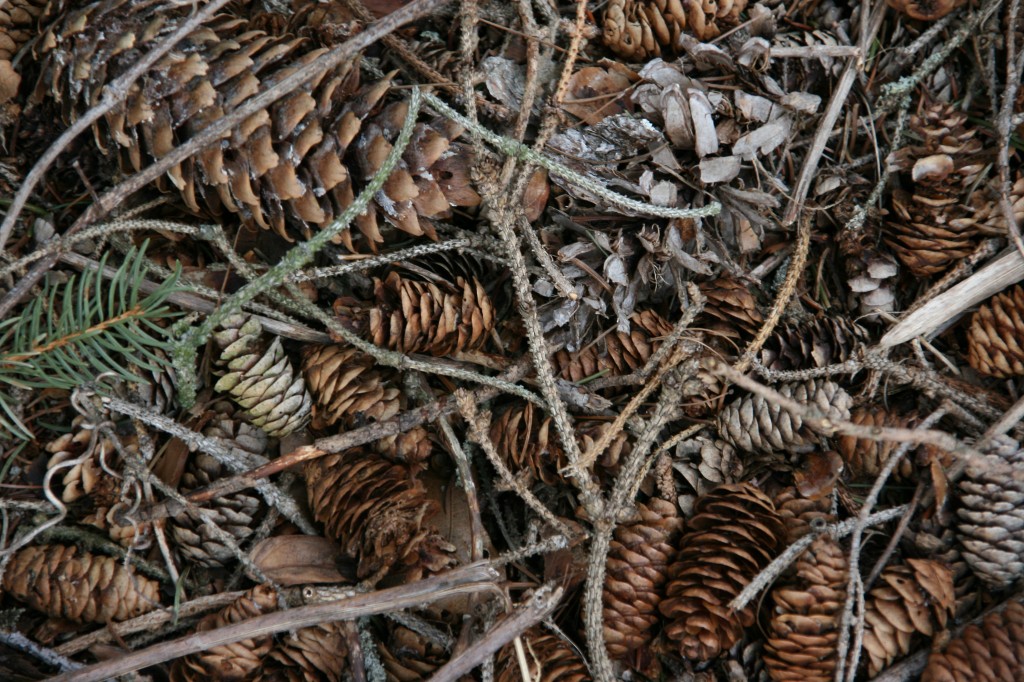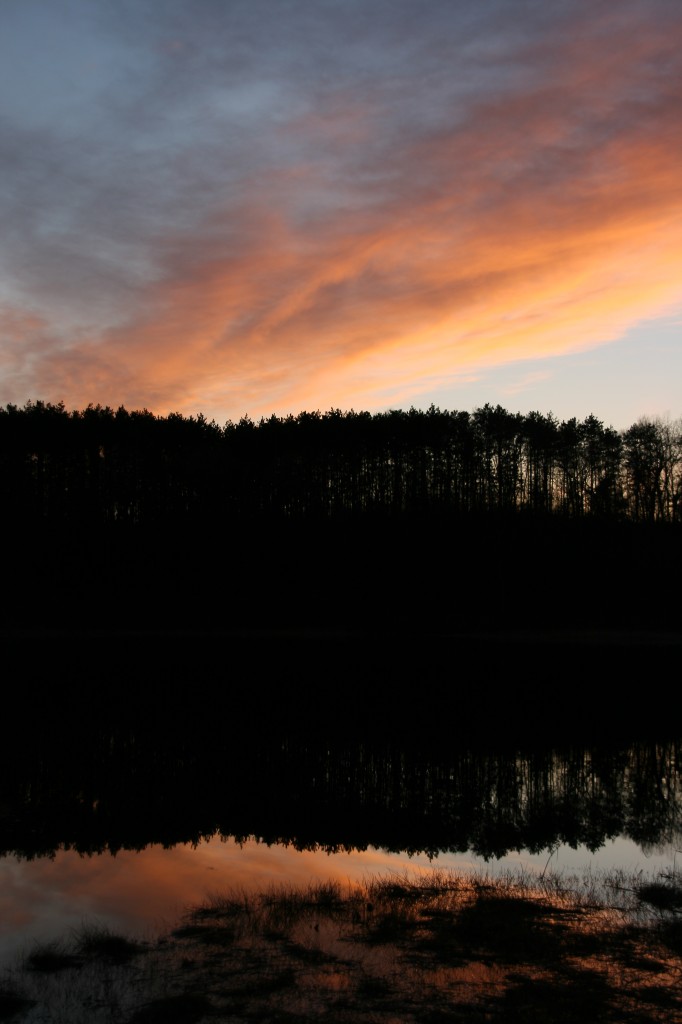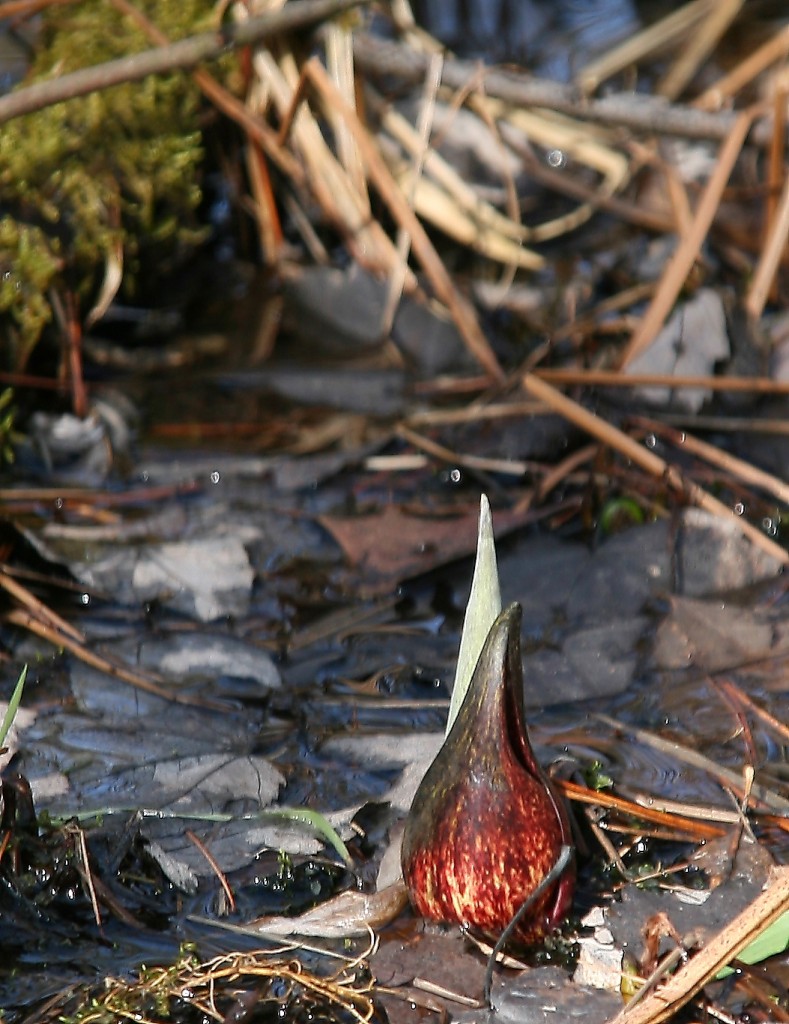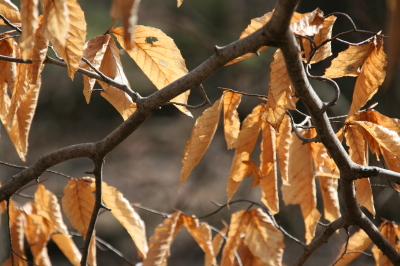Yesterday I took the kids out of the refrigerator, where I’ve kept them in bags since December, and have been busy burying them in dirt one by one. Before you pick up the phone in horror and dial the authorities, let me explain that the “kids” are my carnivorous plants, and refrigerating them is essential for meeting their dormancy requirement. As I think of it, the fact that, in addition to being fanatical about tornadoes, I also have a sizable collection of carnivorous plants probably seems fairly ghoulish in its own right, but the truth is, while I may be eccentric, I’m fairly harmless.
For that matter, compared to some members of the International Carnivorous Plant Society, I’m just a dabbler at a fascinating hobby that can be taken much farther than I have the money or the room for. My modest, apartment-balcony-sized collection is nevertheless something I take much delight in. At present it consists of all eight Sarracenia species, including a few subspecies and varieties, and a whole brigade of Venus flytraps.
Not only did the roots of most of my plants grow quite a bit last year, but most of them have also subdivided, which has necessitated my purchasing more and larger pots this year. This has been particularly true of the Venus flytraps. You just wouldn’t believe how the things multiply. I started with five plants a few years ago and now have 2.5 million of them. At least, it seemed like that many back in December when I had to remove them from their pots, wash them off individually, separate their corms at their growth points, remove all of the dead leaves and anything that could rot, wash them in sulfur solution to prevent mold, wrap them in sphagnum moss, spray the moss with fungicide, place them in bags, and finally, stick them in the refrigerator. If that sounds like a tedious process, pat yourself on the back for figuring it out. It took me two evenings to process five freezer bagfuls of flytraps.
Now I face the joyous prospect of unbagging my Venus flytraps and repotting them, and I’m not even sure how many I actually have. Probably somewhat fewer than 2.5 million, but still a lot. The good thing is, planting them will probably take considerably less time than I spent preparing them for the fridge.
As for the pitcher plants, I finished potting the last two bags tonight. Yahoo! I can hardly wait to see how big my Sarracenias will get this year in the bigger pots, particularly since they’re getting a month’s head start on last year. April 2009 was cold the entire month; this year, we’ve already hit the mid 60’s these past few days. And the plants had already begun growing in the refrigerator, sending out pale leaves and white flower stalks. Now that they’re getting some warmth and sunlight, I have a hunch that at least some of them, if not all, are going to go absolutely gonzo.
If you want to meet some of the kids, go to my wildflower and outdoors photos and then click on the sundews, North American pitcher plants, and Venus flytrap galleries. The photos are from 2009. Keep an eye out in a month or two for updates. By then, a lot of the plants will be in flower. This year ought to be a spectacular display, so stay tuned.







